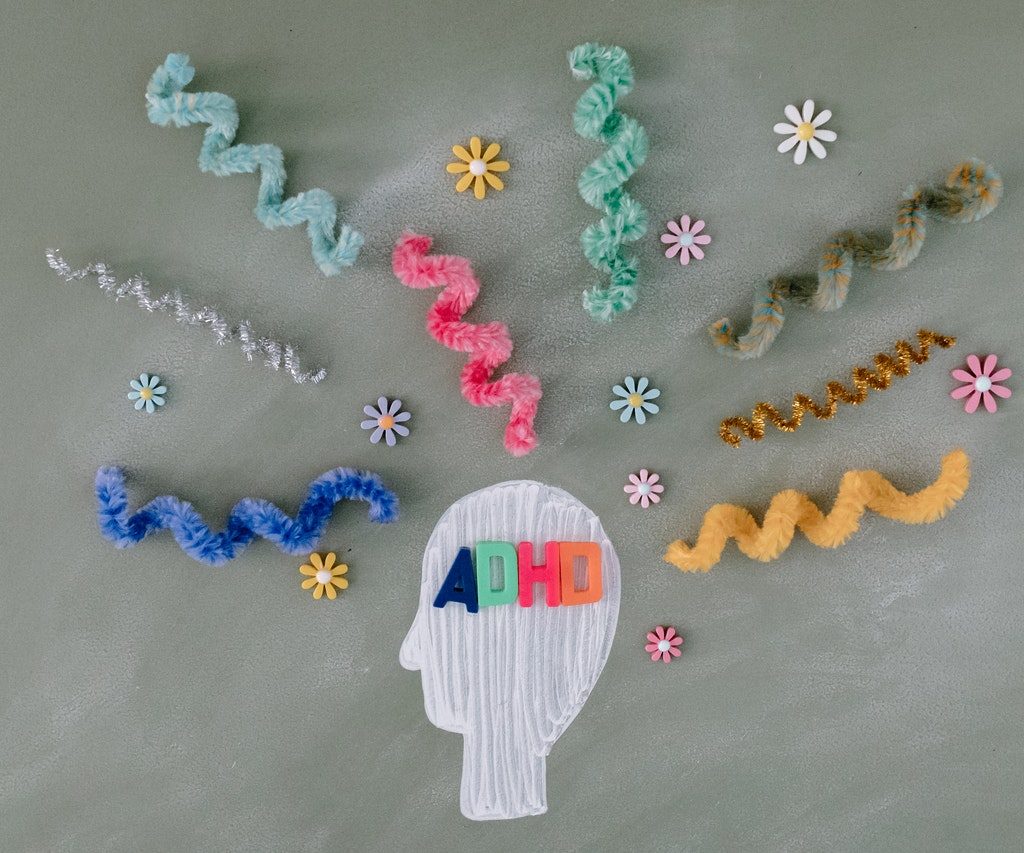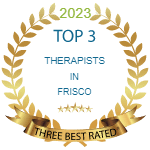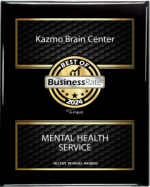ADHD and autism are separate neurodevelopmental disorders that can share some symptoms. There are key differences, and a person can have both conditions.
In this article, we look at the differences between autism and ADHD, the full name of which is attention deficit hyperactivity disorder.
We also explore whether there is a relationship between the two conditions and describe diagnoses and treatments.
What is ADHD?
ADHD is a common neurodevelopmental disorder. According to the American Psychiatric Association (APA), ADHD affects around 8.4% of children and 2.5% of adults. Doctors diagnose it more often in males than in females.
Children with ADHD experience difficulties with attention, hyperactivity, and impulse control. They may struggle to concentrate, sit still, or think before they act.
There are three subtypes of ADHD, and a doctor will base the diagnosis on a person’s specific symptoms.
The ADHD subtypes are:
- inattentive
- hyperactive-impulsive
- combined
ADHD symptoms may improve as a child gets older and can gain more focus and control over their impulses.
Adults who continue to experience symptoms may benefit from counseling, which can help a person learn to manage the condition.
What is Autism?
Autism spectrum disorder affects a person’s social communication and interaction in various contexts. There is no cure, but treatment can help people make progress in the areas that they find challenging.
The American Autism Association report that autism typically appears before the child reaches the age of 3 years old and that it is five times more likely to develop in males than in females.
ADHD vs. Autism
Telling the difference between autism and ADHD can sometimes be difficult, especially in younger children. The following descriptions may help with differentiating between the symptoms of the two conditions:
Attention Span
Children with ADHD often have difficulty paying attention to the same thing for too long, and they may get distracted easily.
Autistic children may have a limited scope of interest. They may seem to obsess over things that they enjoy and have difficulty focusing on things that they have no interest in. They may be able to recall facts and details easily, and some may excel in math, science, music, or art.
It may be easiest to spot these signs while the child is doing their homework. A child with ADHD may not be able to pay attention to any subject.
An autistic child may have high levels of focus on their favorite topics, but may not be able to engage in subjects that interest them less.
Communication
Communication difficulties are characteristic of autism. Some children with ADHD also have these difficulties, but they typically present in different ways.
Children with ADHD may:
- talk continually
- want to have the last word
- not notice how their words affect other people
- interrupt others
Autistic Children may:
- have difficulty expressing their emotions and thoughts
- not use gestures to communicate
- struggle with eye contact
- fixate on one topic of conversation
- play differently — they may not understand turn-taking or imaginative play
- not initiate or respond to social interactions
Routine and Structure
Children with ADHD can become bored quickly with a structure that they find uninteresting, including that of the classroom. Without variety, they may also lose interest in activities.
In contrast, autistic children often demonstrate an insistence on sameness, wanting to adhere to routines or ritualized patterns of verbal or nonverbal behavior.
For instance, they may read the same book over and over or want the same foods for dinner every evening. Changes to routine can cause upset and irritability.
Is there a relationship between Autism and ADHD?
There is some overlap in the symptoms of autism and ADHD, and it is possible to have both conditions.
Before 2013 Trusted Source, APA criteria did not allow doctors to diagnose people with autism and ADHD at the same time. As a result, there is very little research involving the conditions occurring together.
However, medical professionals now recognize that many children meet the criteria for both.
Researchers do not fully understand what causes either condition, although genetic factors likely play a role in both.
When Your Child Has Both ADHD and Autism
ADHD and Autism are two separate and distinct conditions that happen to be found together much more frequently than would be expected by chance alone. The patients have two life-long conditions that will affect every moment of their lives.
For people with co-existing ADHD and ASD, treating the ADHD is a means to an end. The world is a classroom for people with ASD, and they have to be ready to observe and practice what they’ve learned.
Toward that end, medication to treat ADHD is a must. Few people with both ADHD and ASD succeed without medication to remove the additional obstacle of ADHD from their path.
Diagnosis
Parents and caregivers who are concerned that their child may have ADHD, Autism, or both should talk to their family doctor, pediatrician or psychiatrist. The doctor may recommend referring the child to a child behavior disorder specialist.
A doctor will base an ADHD diagnosis on symptoms that have been present in the past 6 months. If a doctor suspects autism, they may look into a child’s behavior and development over previous years.
In either case, they may wish to hear from teachers and other caregivers, as well as parents.
The doctor will also want to rule out conditions that can cause symptoms similar to those of autism or ADHD. These issues include:
- Hearing problems
- Learning difficulties
- Sleep disorders
In addition, the doctor may uncover symptoms of co-occurring disorders, such as:
- Social anxiety disorder
- Oppositional defiant disorder
According to study from a trusted Source that looked at data from more than 2,500 autistic children in the U.S., 83% of the children also had at least one other developmental disorder, while 10% had at least one psychiatric disorder.
Treatment
Treatment varies, depending on the child, their symptoms, and the presence of other conditions. Some treatments for autism and ADHD include:
- Behavioral therapy
- Medication
Behavioral therapy is typically the first line of treatment for younger children. For older children, a doctor may recommend a combination of behavioral therapy and medication.
Autistic children may benefit from additional forms of therapy, depending on their needs. Some options include:
- Counseling
- Educational interventions
- Occupational therapy
- Sensory integration
- Speech therapy
Training and education can also better enable parents and caregivers to help children manage their symptoms.
Summary
Autism and ADHD are separate conditions that share some symptoms. Any parent or caregiver who is concerned that a child is showing signs of one or both conditions should talk to their doctor.
Although there is no cure for either condition, several therapies and medications can help children make progress in the areas that they find challenging.
Resource:
www.medicalnewstoday.com
www.additudemag.com







